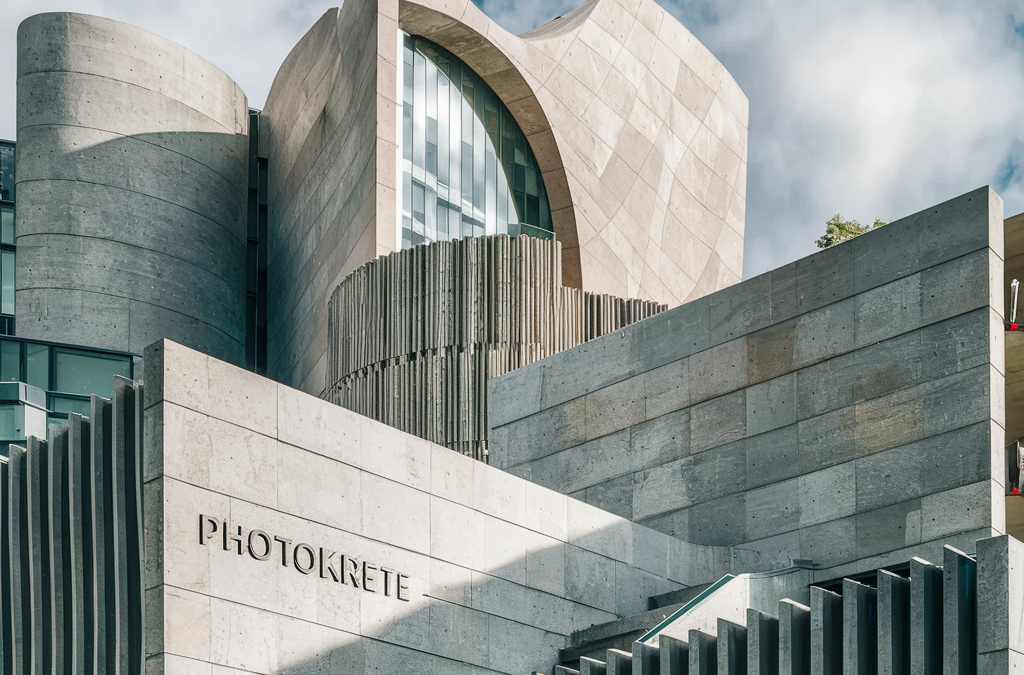In a significant milestone for the commercialization of innovative technologies, the Spanish National Research Council (CSIC) has selected PhotoKrete as one of the top 10 projects in its prestigious Impulsa-T entrepreneurship program.
This recognition comes with crucial funding to support business readiness level studies and propel the technology closer to market through the creation of a spin-off company from the groundbreaking MIRACLE project.
Impulsa-T: Driving Innovation to Market
Launched in 2023, the Impulsa-T program is CSIC’s flagship initiative to foster entrepreneurship and bridge the gap between cutting-edge research and real-world applications. By providing financial support and mentorship to the most promising technology projects, Impulsa-T aims to accelerate the commercialization of innovative solutions and create new knowledge-based companies that drive economic growth and societal impact.
PhotoKrete: Harnessing Photonics for Sustainable Construction
PhotoKrete, a pioneering project born from the MIRACLE initiative, seeks to revolutionize the construction industry by developing concrete with daytime radiative cooling capabilities. By leveraging advanced photonic materials, such as the Photonic Meta-Concrete (PMC), PhotoKrete aims to create energy-efficient buildings that reduce reliance on air conditioning, thereby contributing to the fight against climate change and the reduction of greenhouse gas emissions.
The potential impact of PhotoKrete is immense, as it aligns with the growing global demand for sustainable and energy-efficient solutions in the face of pressing challenges like urban heat island effects and the need for net-zero emissions. With air conditioning currently accounting for 10% of global energy consumption and 7% of greenhouse gas emissions, the widespread adoption of PMC technology could have a transformative effect on the built environment.
Photonics: Unlocking New Possibilities for Materials Science
The success of PhotoKrete highlights the vast potential of embedding smart photonic properties into conventional materials. By merging the fields of photonics, sustainability, and materials science, researchers are unlocking unique optical, thermal, and other characteristics that were previously difficult to attain through conventional means. This opens up a world of possibilities for the development of next-generation materials that can address global mega-trends and sustainability challenges across various sectors, including energy, infrastructure, and transportation.
Advances in nanophotonics and metamaterials are at the forefront of this materials revolution, enabling the creation of materials with unprecedented functionalities and performance. PhotoKrete serves as a prime example of how these cutting-edge technologies can be applied to ubiquitous materials like concrete, demonstrating the potential for widespread real-world utility and impact.
The Road Ahead: From Lab to Market
With the support of the Impulsa-T program, PhotoKrete is now well-positioned to take the next crucial steps toward commercialization. The funding will enable the team to conduct comprehensive business readiness level studies, assess market potential, and develop strategies for successful market entry. By creating a dedicated spin-off company, PhotoKrete aims to attract further investment, forge strategic partnerships, and accelerate the technology’s journey from the lab to real-world applications.
As PhotoKrete embarks on this exciting new chapter, it holds the promise of not only transforming the construction industry but also inspiring a new wave of innovation at the intersection of photonics, sustainability, and materials science.
The project’s success serves as a testament to the power of interdisciplinary collaboration and the vital role that initiatives like Impulsa-T play in nurturing groundbreaking ideas and bringing them to fruition.With the unwavering support of CSIC and the Impulsa-T program, PhotoKrete is poised to make a lasting impact on the built environment, contributing to a more sustainable and energy-efficient future for generations to come.
“By reinventing concrete to function as an optical metamaterial, it can dissipate heat to outer space” explains project leader Dr. Jorge S. Dolado of CFM-CSIC and MIRACLE Coordinator

